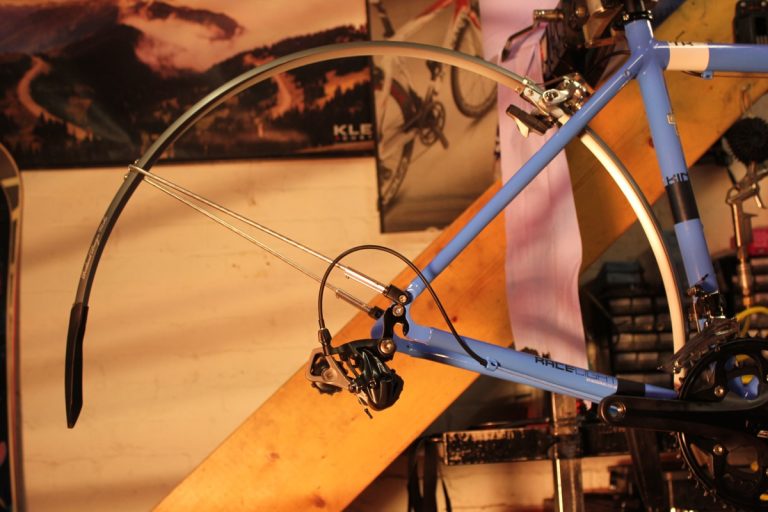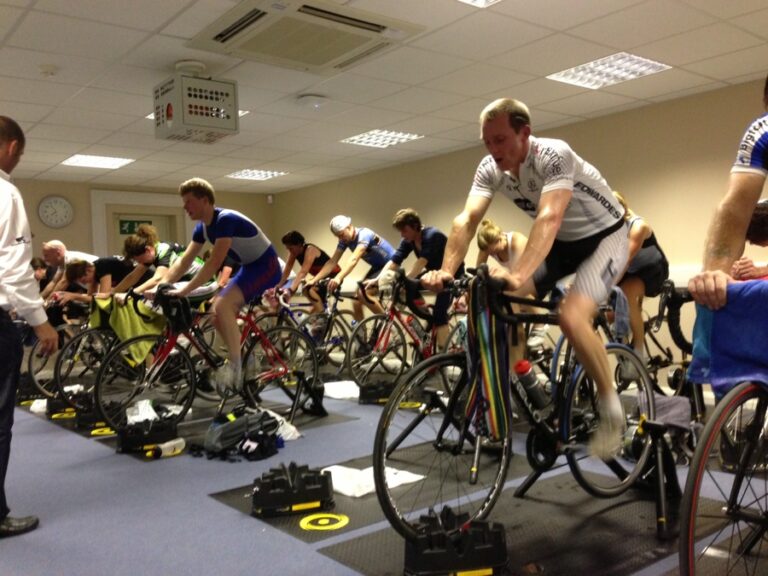In this week’s look at cross training (you can find part one here), we deal with contrasting activities that tackle the elements of your overall fitness neglected when cycling.

Though cycling gives us great cardiovascular fitness, it’s repetitive and low load nature can mean that our strength, flexibility and core control can be lost. The old adage goes ‘if you don’t use it you lose it’ and these aspects are often ignored until there is a problem that forces us off the bike. What’s more, they are critical in allowing us to fulfil our cycling potential, so here are a few ideas to keep you active through the winter months.
Stability ball work
A recognised tool for improving your ‘core’ or back strength is the stability ball (also Swiss ball/core ball). Because the ball moves and is ‘unstable’ when you work with it, exercises using a ball can stimulate your neuro-muscular systems, ‘waking up’ areas long dormant in your cyclists’ body.
Together with dumb bells or medicine balls, a stability ball can provide quite a comprehensive workout with little expense and not a lot of space, making it an ideal option for a home exercise program. Ball exercises can also be a good way to introduce strength work if you don’t have access to a gym, are not very strong, or have no experience of lifting weights.
Strength and conditioning/weight training
Strengthening exercises, traditionally done in the gym, can improve muscular fitness and strength that can be put to good use on the bike at a later date. For some time weight training was avoided by cyclists for fear of muscle gain or incorrect technique, but increasingly riders are becoming aware of the benefits of improved strength on the road. Whole body ‘compound’ exercises such as squats, deadlifts and lunges should be favoured over machine exercises to avoid unnecessary weight gain as you get stronger. Injury prevention, improved power and a leaner body are some of the potential benefits. Strength and conditioning exercises are a good option if you have good posture, experience with free weights or can get guidance from someone you trust.
Pilates/Yoga
Pilates or yoga can improve your core stability, flexibility and movement control. In general Pilates offers more controlled isolated movements focussed on the lower back and abdomen, where yoga may demand dynamic whole body movements and positions. Having said that, there is huge variation in styles and types of each form of exercise so it is worth trying different groups or instructors until you find something that feels like a match for you.
Pilates is an established and recognised form of exercise for improving back health, and often physiotherapists and osteopaths will recommend Pilates at the end of treatment for on-going rehabilitation. Pilates and/or Yoga may be good options for you if have a weak back, or if you want to improve your posture, core control, or flexibility. Also they can be useful forms of exercise for relaxation.





